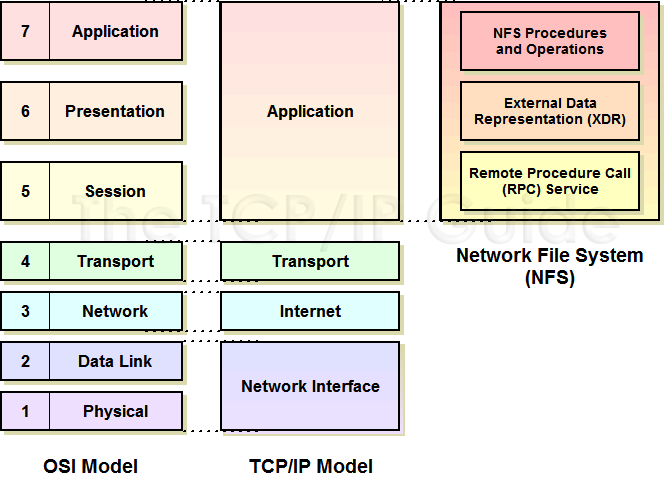 |
|
Please Whitelist This Site?
I know everyone hates ads. But please understand that I am providing premium content for free that takes hundreds of hours of time to research and write. I don't want to go to a pay-only model like some sites, but when more and more people block ads, I end up working for free. And I have a family to support, just like you. :)
If you like The TCP/IP Guide, please consider the download version. It's priced very economically and you can read all of it in a convenient format without ads.
If you want to use this site for free, I'd be grateful if you could add the site to the whitelist for Adblock. To do so, just open the Adblock menu and select "Disable on tcpipguide.com". Or go to the Tools menu and select "Adblock Plus Preferences...". Then click "Add Filter..." at the bottom, and add this string: "@@||tcpipguide.com^$document". Then just click OK.
Thanks for your understanding!
Sincerely, Charles Kozierok
Author and Publisher, The TCP/IP Guide
|
|
|

Custom Search
|
|
NFS Architecture and Components
(Page 1 of 2)
Considered from the perspective of the TCP/IP protocol suite as a whole, the Network File System (NFS) is a single protocol that resides at the application layer of the TCP/IP (DOD) model. This TCP/IP layer encompasses the session, presentation and application layers of the OSI Reference Model. As I have said before in this Guide, I don't see much value in trying to differentiate between layers 5 through 7 most of the time. In some cases, however, these layers can be helpful in understanding the architecture of a protocol, and that's the case with NFS.
The operation of NFS is defined in the form of three main components that can be viewed as logically residing at each of the three OSI model layers corresponding to the TCP/IP application layer (see Figure 253). These components are:
- Remote Procedure Call (RPC): RPC is a
generic session
layer service used to implement client/server
internetworking functionality. It extends the notion of a program calling
a local procedure on a particular host computer, to the calling of a
procedure on a remote device across a network.
- External Data Representation (XDR): XDR
is a descriptive language that allows data types to be defined in a
consistent manner. XDR conceptually resides at the presentation
layer; its universal representations allow
data to be exchanged using NFS between computers that may use very different
internal methods of storing data.
- NFS Procedures and Operations: The actual functionality of NFS is implemented in the form of procedures and operations that conceptually function at layer seven of the OSI model. These procedures specify particular tasks to be carried out on files over the network, using XDR to represent data and RPC to carry the commands across an internetwork.
These three key “subprotocols” if you will, comprise the bulk of the NFS protocol. Each is described in more detail in a separate topic of this section on NFS.
|
|
|
| |||||||||||||||||||
Home - Table Of Contents - Contact Us
The TCP/IP Guide (http://www.TCPIPGuide.com)
Version 3.0 - Version Date: September 20, 2005
© Copyright 2001-2005 Charles M. Kozierok. All Rights Reserved.
Not responsible for any loss resulting from the use of this site.








 Key Concept: NFS resides architecturally at the application layer of the TCP/IP model. Its functions are implemented primarily through three distinct functional components that implement the functions of layers five through seven of the OSI reference model: the Remote Procedure Call (RPC), which provide session-layer services; the External Data Representation (XDR) standard, which manages data representation and conversion, and NFS procedures and operations, which allow application-layer tasks to be performed using the other two components.
Key Concept: NFS resides architecturally at the application layer of the TCP/IP model. Its functions are implemented primarily through three distinct functional components that implement the functions of layers five through seven of the OSI reference model: the Remote Procedure Call (RPC), which provide session-layer services; the External Data Representation (XDR) standard, which manages data representation and conversion, and NFS procedures and operations, which allow application-layer tasks to be performed using the other two components.